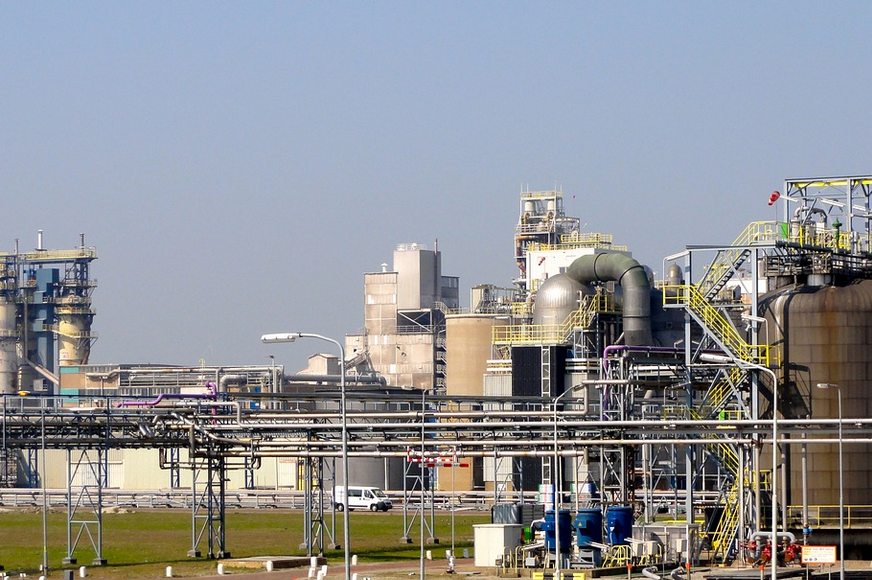Introduction
In chemistry, acids and bases are fundamental concepts that are widely used in various fields of science. These concepts were first introduced by Bronsted-Lowry in 1923, which describes an acid as a proton donor and a base as a proton acceptor. This article will discuss what is a Bronsted-Lowry acid and which of the following is a Bronsted-Lowry acid.
Bronsted-Lowry Acid
A Bronsted-Lowry acid, also known as a proton donor, is a substance that donates a hydrogen ion (H+) to another substance in a chemical reaction. This means that when a Bronsted-Lowry acid reacts with another substance, it gives up a hydrogen ion to form a new compound. For example, hydrochloric acid (HCl) is a Bronsted-Lowry acid because it donates a hydrogen ion to water (H2O) to form hydronium ions (H3O+).
Bronsted-Lowry Base
A Bronsted-Lowry base, also known as a proton acceptor, is a substance that accepts a hydrogen ion (H+) from another substance in a chemical reaction. This means that when a Bronsted-Lowry base reacts with another substance, it gains a hydrogen ion to form a new compound. For example, ammonia (NH3) is a Bronsted-Lowry base because it accepts a hydrogen ion from water (H2O) to form ammonium ions (NH4+).
Bronsted-Lowry Acid Examples
Some examples of Bronsted-Lowry acids include:
- Hydrochloric acid (HCl)
- Sulfuric acid (H2SO4)
- Nitric acid (HNO3)
- Acetic acid (CH3COOH)
- Carbonic acid (H2CO3)
Bronsted-Lowry Base Examples
Some examples of Bronsted-Lowry bases include:
- Ammonia (NH3)
- Sodium hydroxide (NaOH)
- Potassium hydroxide (KOH)
- Magnesium hydroxide (Mg(OH)2)
- Calcium hydroxide (Ca(OH)2)
Which of the Following is a Bronsted-Lowry Acid?
The following is a list of substances. Identify which of the following is a Bronsted-Lowry acid:
- Sodium hydroxide (NaOH)
- Hydrochloric acid (HCl)
- Magnesium hydroxide (Mg(OH)2)
- Ammonia (NH3)
Answer: Hydrochloric acid (HCl)
Out of the four substances, only hydrochloric acid (HCl) is a Bronsted-Lowry acid because it donates a hydrogen ion (H+) to another substance in a chemical reaction.
Conclusion
Bronsted-Lowry acids and bases are important concepts in chemistry that are widely used in various fields of science. A Bronsted-Lowry acid donates a hydrogen ion (H+), while a Bronsted-Lowry base accepts a hydrogen ion (H+). Some examples of Bronsted-Lowry acids and bases were discussed, and it was identified that hydrochloric acid (HCl) is a Bronsted-Lowry acid out of a list of substances. Understanding these concepts is essential in the study of chemistry and other related fields of science.

